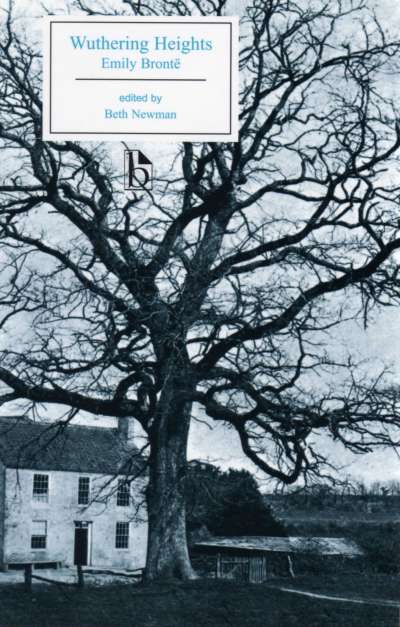
Jane Eyre, the story of a young girl and her passage into adulthood, was an immediate commercial success at the time of its original publication in 1847. Its representation of the underside of domestic life and the hypocrisy behind religious enthusiasm drew both praise and bitter criticism, while Charlotte Brontë’s striking exposé of poor living conditions for children in charity schools as well as her poignant portrayal of the limitations faced by women who worked as governesses sparked great controversy and social debate. Jane Eyre, Brontë’s best-known novel, remains an extraordinary coming-of-age narrative and one of the great classics of literature.
The second edition has been updated throughout to reflect recent scholarship and includes new appendices on violence against women in Victorian fiction and madness and disability in the Victorian era.
Comments
Praise for the first edition
“Joining fiction to history, this edition of Jane Eyre illustrates the way in which literature addresses important moral and political issues. The original nineteenth-century documents in the appendices provide an invaluable opportunity for readers to view the novel in both its biographical and its historical contexts; it illustrates, in a broader sense, how literature is a vital element in the discourse of an age and thus helps shape history.” — Micael M. Clarke, Loyola University Chicago
“While the student who approaches Jane Eyre for the first time or the reader unfamiliar with Victorian culture will find Richard Nemesvari’s introduction and annotations very useful, most helpful of all are the appendices, which place the novel in the context of Victorian writing on governesses, gender roles, empire, and race. The Broadview edition of Jane Eyre makes it possible for readers to approach Brontë’s novel with a fuller sense of how it engages important Victorian social issues. An excellent introduction to Jane Eyre in its time.” — Mary Ellis Gibson, University of North Carolina - Greensboro












